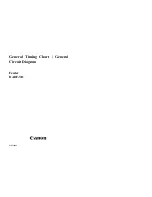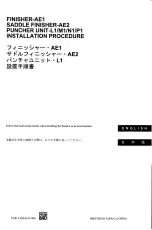
BA_ST_DSG-D_EN_36-21.docx
6
9.
The length measurement must correspond to position "0" (
≙
90°) on the angle scale (
10.
If the length measurement does not correspond to the "0" position, leave the DSG-D fence in the clamped
state, loosen the screws of the scale, and move it until the 0 of the upper scale corresponds exactly to the
measured value (
Figure 4). Then re-tighten the screws.
Example:
If a piece of material is
cut with the setting 110 mm, but
it only has 109 mm when meas-
ured, the scale display must be
shifted so that the 0 corresponds
to the value 10.9 (
≙
109 mm) on
the lower scale (see
11.
Then slide the flap rail into the
other profile and check the
length here as well.
Figure 4: Adjusting the DSG-D (4)
Because the fence scale has different markings for reading the length, it is possible to set the exact length
to the cutting line at certain angles.
Example:
If, for example, the fence
is set to an angle of 22.5° and the
length dimension is set so that the
marking line on the scale below
the 22.5 is congruent with any
measure (for example 350 mm)
on the scale of the profile, this
value is cut measured in the tip
(see
Figure 5: DSG-D adjustment example
The measuring scale in the profile has two measurement rows:
1.
Upper scale
→
First stop flap
2.
Lower scale
→
Second stop flap (distance = 640 mm)
The maximum cutting length at
position "0" resp. 90° is 1375 mm.
If this dimension is to be cut at
(for example) 45°, the clamping
screw for the flap rail must be
offset as shown in
Figure 6: Clamping screw for flap rail
Fixing screws for scale
10.9
Clamping screw



























